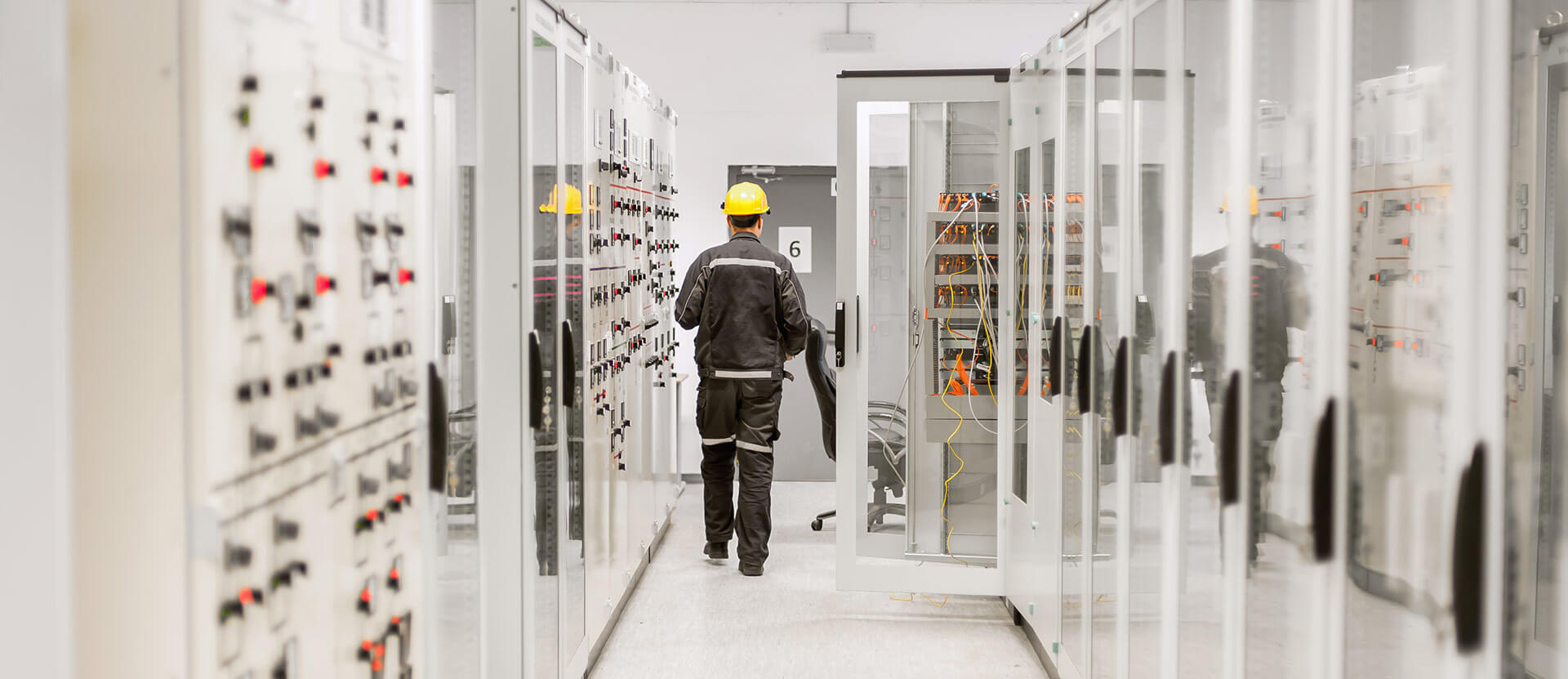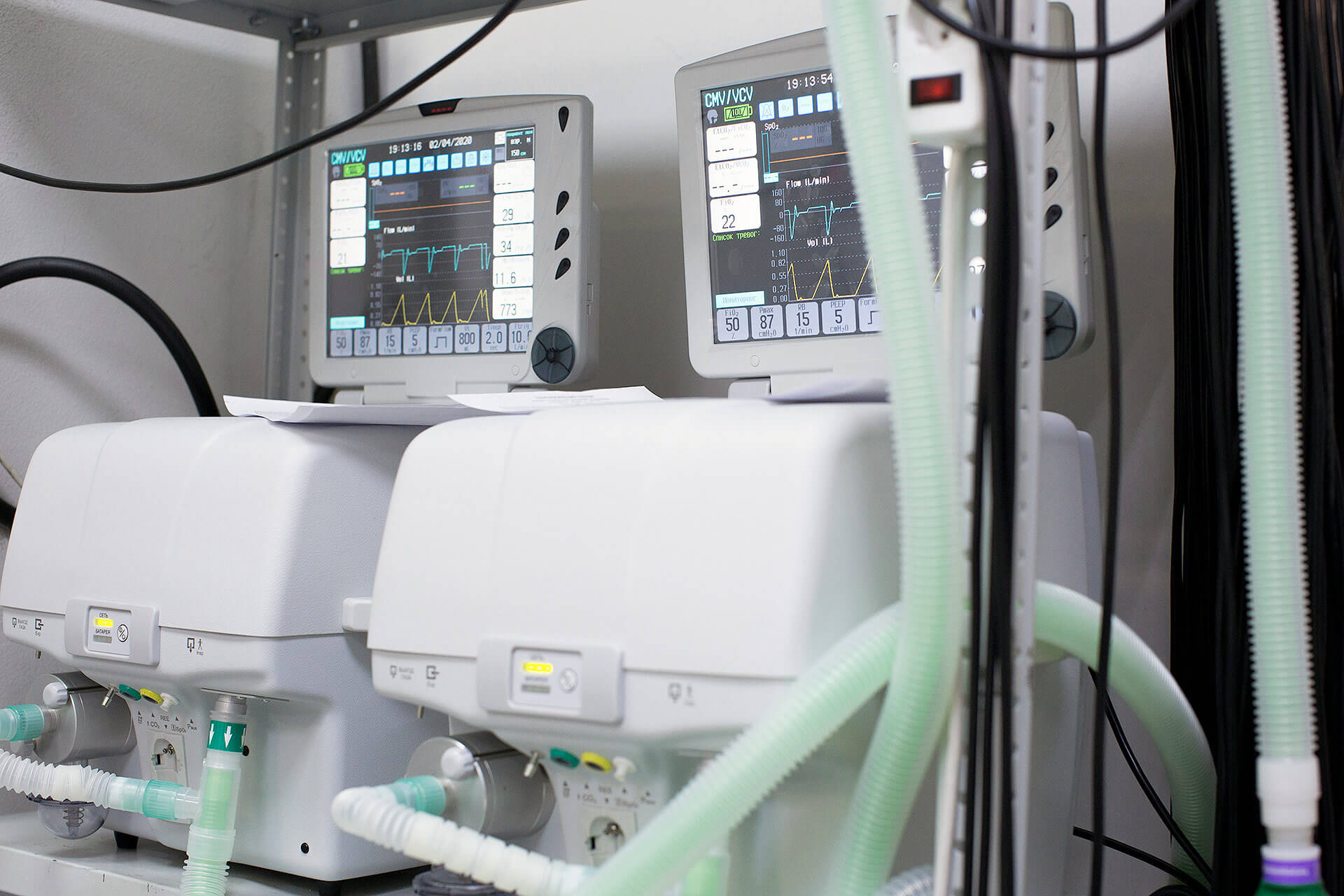Electricity is a fundamental element in modern life, and its use is essential in many fields, especially the one that concerns us: healthcare.
Today we want to address the real problem of electrical faults in hospitals, understanding what they really are, how they occur, what problems they cause, their consequences and how to avoid them.
What are electrical faults in hospitals?
When we talk about power failures in hospitals, we are referring to any unexpected interruption of the power supply or malfunction of electrical equipment.
As we will see below, they can have various causes:
- Overloading of the electrical system and malfunctioning of equipment.
- Interruptions in the external power supply
- Electrical storms, deterioration, age of the electrical installation, etc.
In a hospital environment, power failures can have serious consequences, as they can directly affect the lives of patients and the work of healthcare professionals. For this reason, it is essential to understand the causes, the problems caused by electrical faults, to see practical cases in order to become aware of them and to establish measures to prevent them.

Why do electrical faults occur in hospitals?
There are several causes to determine and explain electrical faults in hospitals. One of the most common is overloading of the electrical system.
Hospitals have a large amount of medical equipment that consumes a lot of energy, and if the electrical load is not distributed correctly, an overload can occur.
Another quite frequent cause is equipment malfunction.
“Medical equipment is very complex and requires optimal maintenance to function properly. Lack of monitoring, control and maintenance can lead to equipment failure, causing a short circuit or an overload that affects the entire electrical system of the healthcare facility.”
On the other hand, interruptions in the external power supply can also cause power failures in hospitals.
If this external power supply is interrupted by a thunderstorm or a problem in the power grid, the hospital may lose its power supply and be left without electricity.
What are the problems caused by electrical faults in hospitals?
Electrical failures in hospitals generate various problems, from minor to very serious.
Among the most serious, and ultimately the number one situation to avoid, is the loss of human life, which can occur if medical equipment fails as a result of an electrical fault.
In this sense, electrical failures directly affect the safety of patients and medical staff. For example, if medical equipment malfunctions during surgery, the life of the patient and the health of the medical staff can be endangered.
“Such problems also cause damage to medical and other electronic equipment in the hospital. This can lead to costly replacements and repairs, affecting the ability to provide quality medical care.”
Staff efficiency is also affected.
If medical equipment fails due to an electrical problem, medical staff may be forced to use back-up equipment or perform procedures manually, which can take longer and reduce work efficiency.

How to avoid electrical failures in hospitals?
To avoid power failures in hospitals, it is essential to take preventive measures from the very moment of the design of the installation to its subsequent daily operation.
One of the most important ways to prevent these problems is regular maintenance of medical and other electronic equipment in the hospital to detect problems before they occur and to prevent power failures from occurring.
In addition, a back-up power system, such as electrical generators or battery systems, must be in place that can supply power in the event of an interruption of the external power supply.
Logically, these back-up power systems should be tested regularly to ensure that they are functioning properly.
“It is also vital to ensure that the hospital’s electrical system is designed to support the electrical load required for medical and other electronic equipment. If it cannot support the necessary electrical load, electrical failures can occur.”
Another important preventive measure is the training of medical and occupational staff in the safe use of electrical equipment and the identification of electrical problems. Proper training can help prevent electrical faults and ensure patient safety.
These are just some of the essential measures to consider, as explained in this basic guide to electrical patient safety.

Case studies
Let us now look at examples of the types of situations that can arise in the event of a hospital power failure and the different consequences that this can have.
Let’s start with two of the most serious cases, firstly on a human level and secondly on an economic level.
1. In Jordan, two coronavirus patients died as a result of a power failure at a hospital in the capital, Amman. It was a new incident after six patients died in March of the same year from another oxygen cut.
2. And in Venezuela, 233 people died in hospitals due to power failures between 2019 and 2021. In this case, the NGO Médicos Unidos revealed details of utility failures and shortages of supplies in the country’s main hospitals.
3. In Spain, a power failure ruined €300,000 worth of medicines at La Princesa hospital. There was an overload of the system and “the automatic temperature control system” also failed.
4. In terms of logistics and daily complications, another power failure paralysed healthcare activity at Bellvitge Hospital, forcing the suspension and rescheduling of several interventions and diagnostic tests.
5. In Castellón, an electrical fault disabled the computer system and blocked the Provincial Hospital for a day and a half, causing the computer system to crash and preventing the centre from providing a large part of its usual services. The problem was apparently caused “by the presence of harmonics (alterations in the frequency of alternating current) in the hospital’s electricity distribution network”.
Each of these case studies highlights the real risk and repercussions, both material and human, of electrical faults in hospitals and how important it is to prevent them through proper electrical safety in hospitals.




